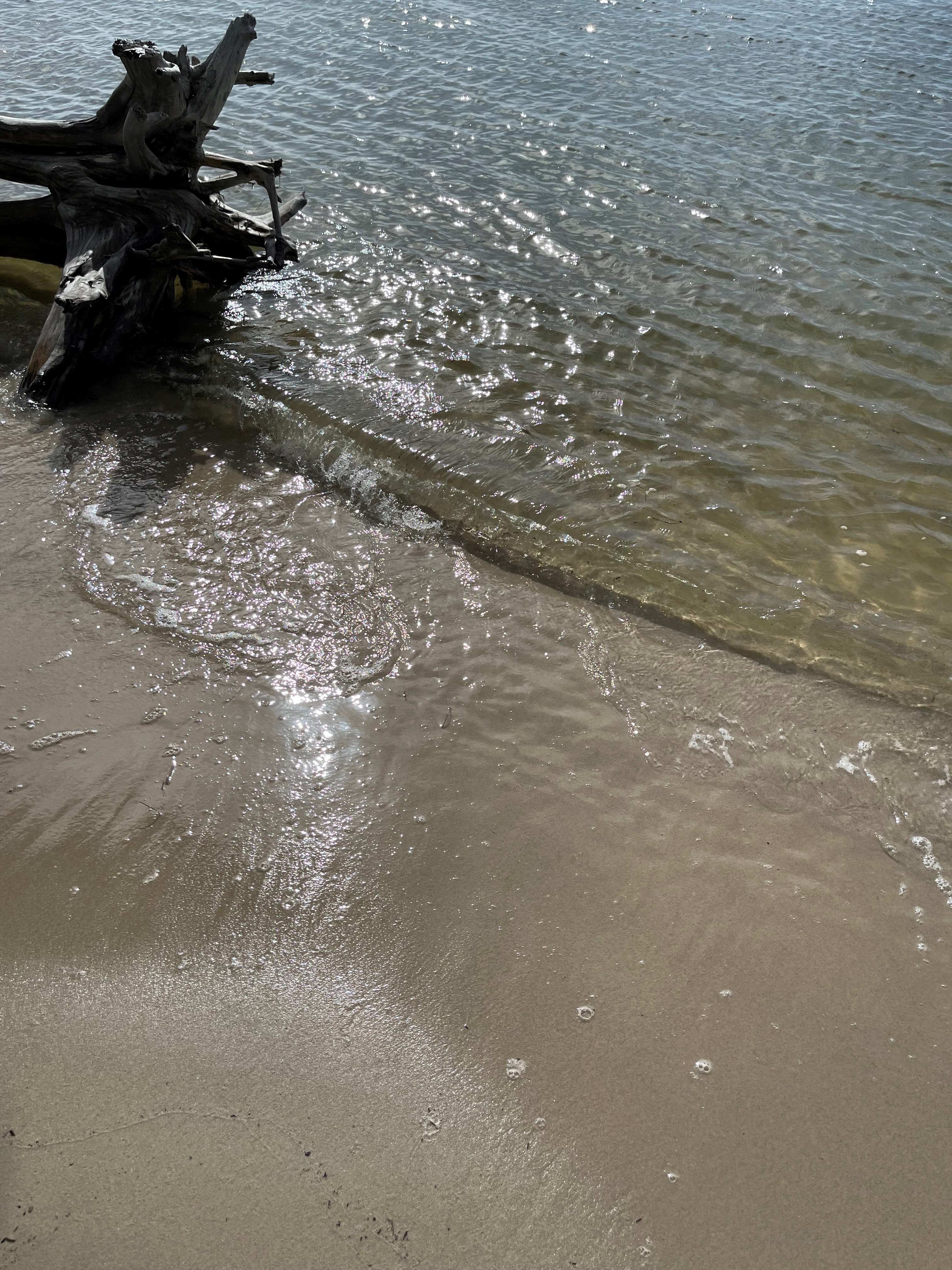Council updates storm tide mapping for Coast
In response to the Bribie Island breakthrough in January 2022, Sunshine Coast Council engaged a coastal engineering consultancy to develop an updated Storm Tide Study.

In response to the Bribie Island breakthrough in January 2022, Sunshine Coast Council engaged a coastal engineering consultancy to develop an updated Storm Tide Study.
The 2024 storm tide study will replace the previous study released in 2013 as an information resource for the design of new coastal infrastructure.
Environment and Liveability Portfolio Councillor Maria Suarez said the storm tide study update endorsed by Council (on October 24), enabled the community to understand how storm tides work and how they may affect their property.
“Understanding storm tides helps residents make informed decisions about storm tide inundation and wave action and build strong, resilient coastal communities,” Cr Suarez said.
“The updated research doesn’t create more risk on a property, rather it provides more detailed information so everyone can better understand the existing risk.
“Storm tides are a natural part of living on the Sunshine Coast and along the Queensland’s coastline.
“We can’t prevent storm tides from happening, nor can we prevent the flooding they can bring with them, but residents can take steps to reduce storm tide impacts by understanding how they work.”
What are the results?
The Storm Tide Study showed open coast storm tide inundation levels remained unchanged from the 2013 study, with small increases in normal tide levels and wave action found at Golden Beach and Diamond Head.
The main change from the 2013 study is the storm tide wave action mapping.
This highlights the risk at Golden Beach associated with properties being exposed to this hazard, as a result of the Bribie Island breakthrough.
In other coastal areas that aren’t influenced by the breakthrough, the dunes continue to provide protection.
The update also highlights areas of future concern for dune loss as the result climate change.
Two maps have been prepared by Council for the Open Coast Wave Action areas. These maps show the benefit of dune protection for communities located directly behind dunes.
What’s a storm tide?
Storm tide is the combined effect of storm surge and normal tide levels. The greatest impact occurs when the peak storm surge coincides with a high tide. A storm surge is a persistent rise above the normal tide level along a shoreline. This is due to strong, onshore winds, sometimes combining with reduced atmospheric pressure. This is typically caused by large scale severe weather events.
There are two types of Storm Tide;
- Inundation which impacts properties located further from the beach front, or close to tidal creeks.
- Wave Action impacts properties closer to the beach front directly exposed to incoming ocean waves.
FAST FACTS
- The new Storm Tide Report is available for download on Council’s website. Search for ‘flood mapping and information’.
- You can also search for Coastal Hazard Adaptation Strategy mapping.
- Updated Disaster Management storm tide hazard mapping is on Council’s Disaster Hub.
- The storm tide mapping is available as part of the General Information Mapping Layers on Council’s flood mapping MyMaps portal.

More information:
Sunshine Coast Council offers a range of publicly available flood mapping resources and flood information. Storm tide mapping is included as part of these resources.
Council carefully manages our coastline to protect and preserve it now and into the future. To learn more about how long-term strategies and plans focus on sustainable practices for the resilience of our coastline into the future, head to Council’s website and search for Healthy Coastline.
Our community is encouraged to provide feedback on several draft plans that form part of Council’s integrated and coordinated approach to managing coastal areas, before Friday, November 22. Visit the Have Your Say page on Council’s website.
More information can be found on Council’s Flooding questions and factsheets page.
If you would like more information about coastal management, please contact Council.
